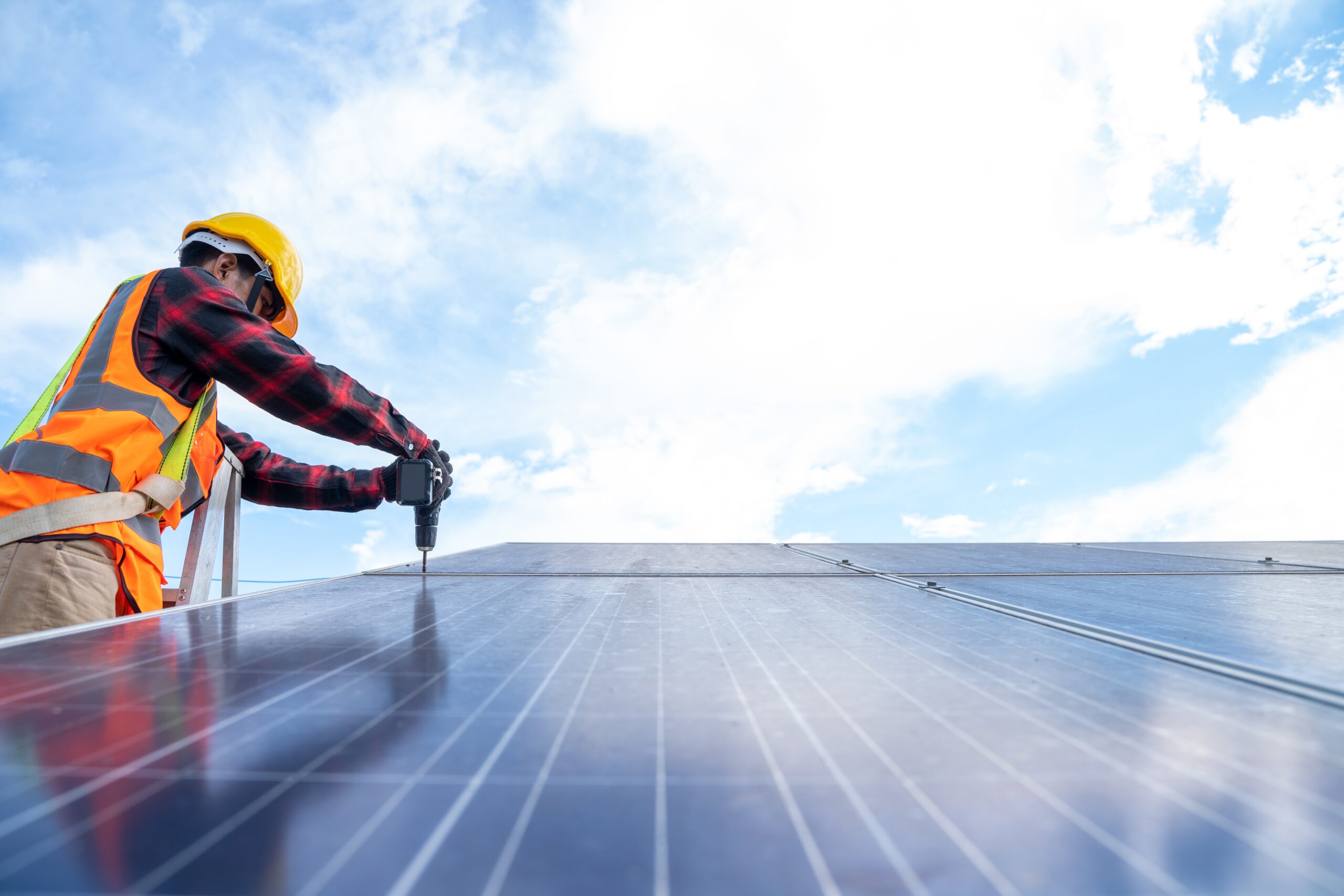Consumers are requesting green products, packaging and delivery, but there is a sizeable opportunity in warehouses to start that sustainability journey…
Across all stages of the ecommerce process sustainability is becoming increasingly important. Switching to electric vehicles, scrapping single use plastics and ensuring transparency in the supply chain are all steps that businesses are taking. But as 25% of UK greenhouse gas emissions in the UK come from buildings and infrastructure, the sheer size of warehouse space provides a unique set of challenges and opportunities for going green. According to the UK Green Business Council (UKGBC) newly constructed buildings are more energy efficient. However, 80% of the buildings which will exist in 2050 have already been built. UKGBC stressed that a major priority is decarbonising the existing stock.
It’s what’s inside that counts
Introducing a range of energy saving equipment into current warehouse facilities is one way to make these sites more sustainable, and also more efficient. Lighting is a good place to start as typically it is one of the largest contributors to a warehouse’s energy demand. And even the simplest of changes can lead to dramatic results.
LED lighting can be up to 80% more efficient than traditional lighting. It can also last up to 25 times longer than conventional sources, which in turn reduces maintenance costs. Introducing lighting sensors can also help monitor and reduce consumption. Motion sensors are designed to ensure the lights are only on when they need to be, and with a connected system energy use and money can be saved at the same time.
There is also the good, old fashioned Reduce, Reuse, Recycle approach. Warehouse operators should work to reduce packaging where possible, reuse pallets and other materials whenever the option exists and recycle all possible materials.
On the outside
While on the exterior of the buildings there is room for sustainable innovations, such as solar photovoltaics (PVs). The UK’s 20% largest warehouses can provide 75 million square metres of roof space, and the total amount can enable room for up to 15GW of new solar. In October 2022, the UK Warehousing Association (UKWA) held a roundtable discussion at the House of Lords to showcase this power of solar PVs on warehouse rooftops. It argued that such installations could not only double the UK’s solar capacity, but also reduce harmful carbon emissions, conserve land and slash energy costs. Placing solar PVs onto warehouse roof space not only avoids the need to develop new land, equivalent to the footprint of 500,000 houses, but also could save the industry £3bn per year in energy costs.
These panels can power the warehouse while significantly reducing the environmental impact, potentially reducing CO2 emissions by 2 million tonnes/year, but can also power sustainable infrastructure, such as electric vehicle charging stations. This will be critical in supporting the transition away from fossil fuelled vehicles. Whether inside or outside, the UK’s warehouses have their part to play in making ecommerce more environmentally friendly.
This feature originally appeared in the DeliveryX Warehousing 2023 Report, download it in full here.
Read more: Frustration from the warehousing sector as potential for doubling UK solar capacity overlooked










